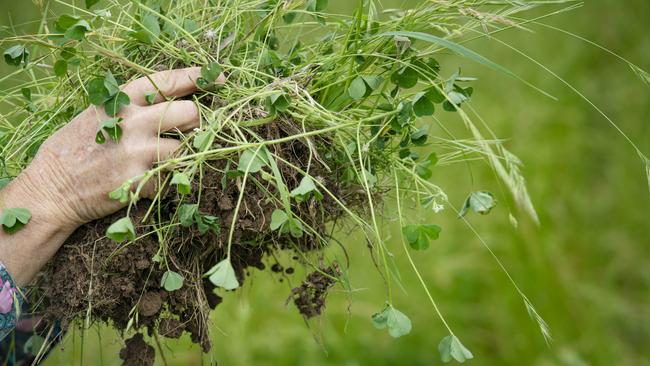Carbon credit change a win for the environment

Unfortunately, as is often the case in a quickly growing and maturing sector, what should be a good news story gets distorted by politics and the carbon market rumour mill.
The reason we have such a booming market today is the many family-owned farms that were and are champions of the Australian carbon market.
Ten years ago, being a first mover in a carbon market that no one had heard about, and most in the community viewed with a fair degree of scepticism, took courage, a good degree of careful consideration and a great deal of trust.
Fortunately for us all, there were those that were prepared to take a chance on an idea.
Through their hard work and the work of carbon project developers like GreenCollar, Climate Friendly, Select Carbon, Carbon Farmers of Australia and others – and through the work of the natural resource management community, government, the CSIRO, universities and many others – these carbon projects paved the way for the fledgling carbon market that followed.
A decade later, having endured numerous changes and policy disruptions, these projects have helped seed a market that is now a significant part of the rural economy and our national carbon abatement efforts.
Recently, demand and appetite for the high-quality carbon credits which these projects produce has significantly increased as the business community has started to take steps to decarbonise and reduce their carbon footprints, which in turn is driving sequestration and emission avoidance in the agriculture sector.

Yet, as the market has begun to flourish, the early champions have been at risk of being shut out of market growth, locked up in legacy contracts with the federal government’s Clean Energy Regulator.
These may have made sense years ago, but now are out of step with the market standard.
Let’s be clear, there has been no decision to allow holders of contracts to walk away from their obligations.
They must still deliver credits to the Clean Energy Regulator or pay contracts. They face the exact same penalties, risks and predicaments as they did before the changes announced last week.
Contrary to some of the frankly cynical commentary since the announcement, the biggest beneficiaries of this change are not big emitters and traders – they are overwhelmingly the family-owned farms that run so many of Australia’s carbon projects and built the foundation of the market we have today.
It is also a myth that this disproportionately benefits project developers. Most project arrangements see the significant majority of revenues flow directly back to the farming families that own the land and implement the project activities while the costs of running and managing the project are covered by the project developer. I know this well, having been involved from the very start in the development of the market.
The List: 100 Green Power Players
What this change really means is that these families will see the credits from their projects able to be sold at higher prices and will get the significant majority of the benefit from the increased price. In fact, at today’s carbon prices this decision could increase money through the farm gate by as much as five times. This is five times as much money to spend on farm improvements and conservation efforts – five times as much money to spend back in the local community.
Farmers will now be able to use this increased revenue to fund more activities, which will ultimately increase farm productivity and the supply of credits in the longer term – while delivering greater environmental outcomes in the process.
Despite short-term fluctuations in prices, the bottom line is this decision to mature and accelerate the carbon market presents a huge opportunity for Australia. It is a win-win – for the farm, the economy and the environment.
James Schultz is the chief executive of GreenCollar.






Last week’s announcement about carbon markets by Energy Minister Angus Taylor is unquestionably good news for landholders participating in carbon farming projects throughout Australia. It provides the option for those delivering carbon abatement against fixed-term contracts with the Clean Energy Regulator to participate in the voluntary open market within strict guidelines, instead of being bound to deliver at a set price solely to the government.